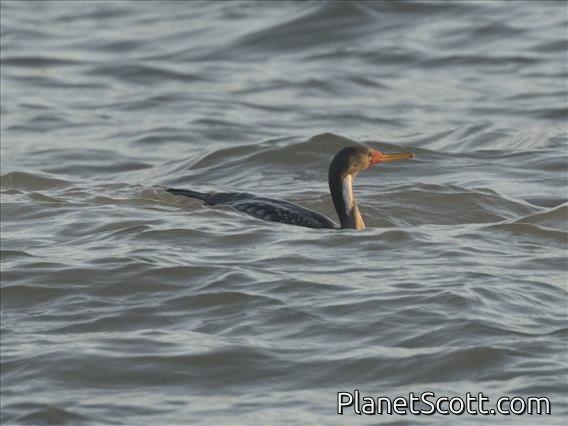Red-legged Cormorant (Poikilocarbo gaimardi)

Red-legged Cormorant (Phalacrocorax gaimardi)
×


Red-legged Cormorant (Phalacrocorax gaimardi)
About Red-legged Cormorant (Poikilocarbo gaimardi)
- Kingdom: Animals
- Phylum: Chordates
- Class: Birds
- Order: Pelicans
- Family: Cormorants
The red-legged cormorant, also known as the red-legged shag, red-footed cormorant, red-footed shag, Gaimard's cormorant and grey cormorant, is a species of cormorant resident to the coastline of South America. It is the only member of the genus Poikilocarbo. It is non-colonial unlike most seabirds. The red-legged cormorant has not been observed wing-spreading, which is unusual among cormorant species.
Source: Wikipedia
Lifelists
Trips
Visits
-
2005-02-14
Puerto Deseado, Argentina -
2019-06-21
Rio Vitor, Chile -
-
-
2020-12-14
Playa Porma, Chile



